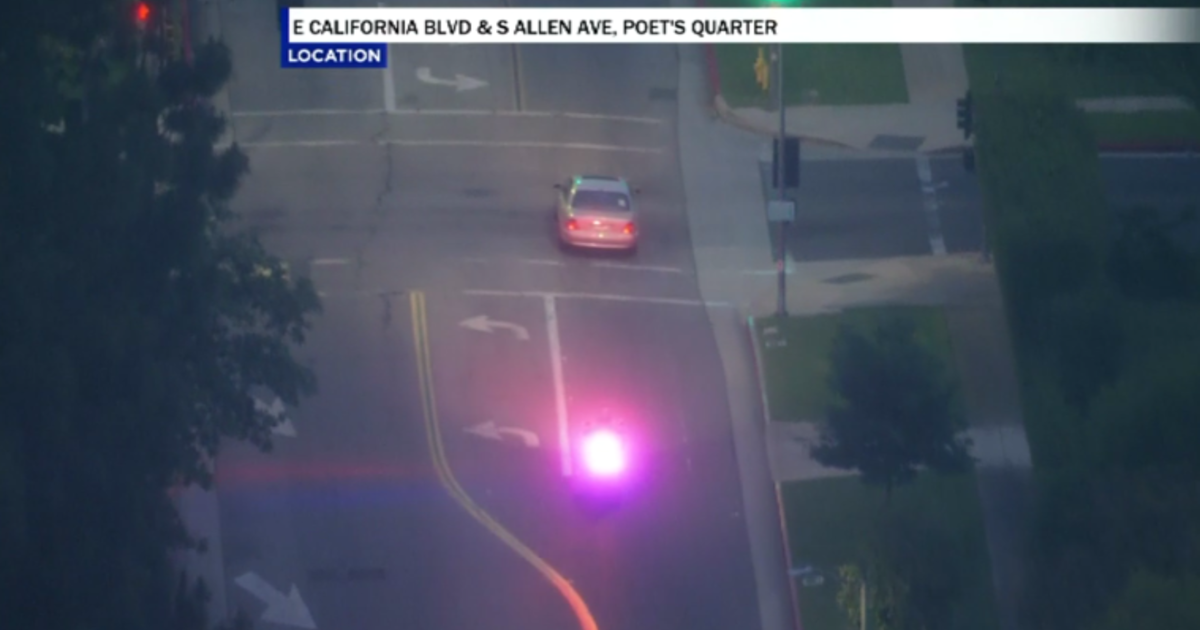NASA Observatories Detects New Planet Orbiting Young Star
PASADENA (CBSLA) — NASA's TESS and Spitzer missions have discovered a new planet orbiting what they called "a unique young star."
The new planet, called AU Mic B, was discovered orbiting AU Microscopii, a star still surrounded by a disk of debris left over from its formation, according to the Jet Propulsion Laboratory in Pasadena. The planet is described to be about as large as Neptune, weighing less than 58 times Earth's mass, and circles the young star in 8.5 days.
"AU Mic is a young, nearby M dwarf star," Bryson Cale, a George Mason University student, said in a statement. "It's surrounded by a vast debris disk in which moving clumps of dust have been tracked, and now, thanks to TESS and Spitzer, it has a planet with a direct size measurement. There is no other known system that checks all of these important boxes."
The star's estimated to be 20 million to 30 million years old, an infant compared to Earth's Sun, which is at least 150 times older, according to JPL. It's located 31.9 light years away in the southern constellation Microscopium, and is part of a nearby collection of stars called Beta Pictoris Moving Group, according to scientists. The planet is believed to have formed far from the star and migrated inward to its current orbit.
NASA's study of the system has been described as a one-of-a-kind laboratory for studying how planets and their atmospheres form, evolve and interact with their stars. AU Mic has been studied by astronomers for decades as a possible home for planets due to its proximity, youth and bright debris disk.
A report on the new planet was published Wednesday in the journal Nature.



